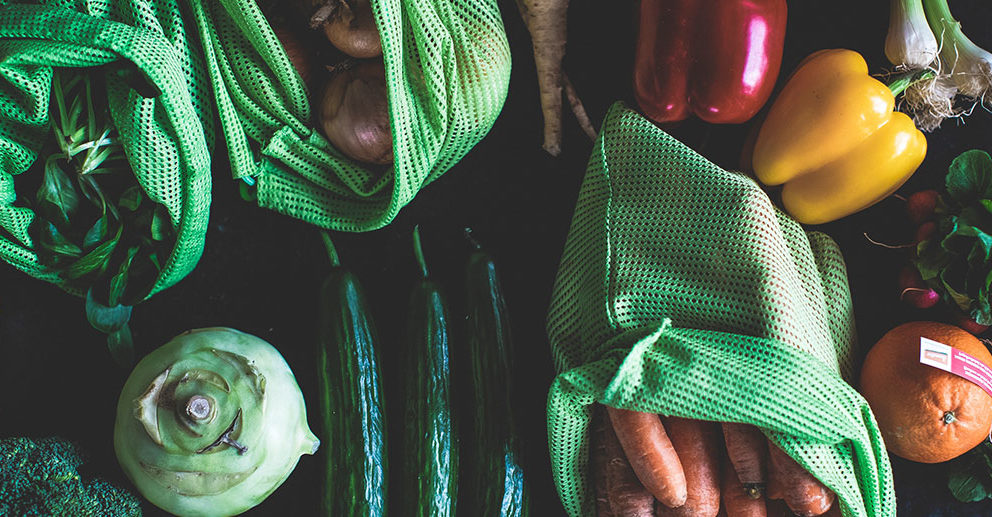How Internet of Things prevent food wastage
The food industry has made several technological advancements to grow and evolve. Yet the problem of food wastage continues to persist. It not only happens at the consumer level but during the production and transportation stages too.
How is food wasted?
As food moves along the supply chain, its quality degrades to a large extent that these products become unsuitable for consumption. The amount of time for spoilage differs for every item. Quality could deteriorate at a swift rate due to environmental factors such as high temperature and humidity. It leads to wastage of food items and huge losses for all stakeholders. Did you know that according to the United Nations, 17% of the total global food production is wasted every year?
How can IoT prevent food wastage?
To prevent wastage of food, it is necessary to monitor the goods 24x7. Human-based monitoring is not only tedious but susceptible to errors as well. This is where Internet of Things (IoT) plays a crucial role. It only strengthens the food supply chain and makes it well-structured, but also minimizes food wastage and boosts safety. IoT sensors act as precise indicators by capturing data during transit, to keep tabs on aspects that affect food quality, in real-time.
Using IoT devices, manufacturers can identify the exact point in the supply chain where food wastage occurs. It is done by collecting and evaluating data in real-time. This data offers a clear insight that helps stakeholders make smart operational decisions.
Supply chain traceability
A lot of food gets wasted during the manufacturing process, as food undergoes several production stages, involving heavy equipment and machinery. Wastage occurs during handling and storage too. IoT can reduce food waste by using numerous sensors spread across factories. They compile important data about food production, so the causes of wastage can be easily identified. Data such as the expiry date of various products, how much stock is left, products that are overstocked, etc. can be collected. IoT sensors also identify and categorize products based on how fast they spoil, so distribution can be carried out accordingly.
Improved logistics
With the help of GPS systems and RFID transmitters, food products can be stored more effectively. RFID chips ensure visibility into the food supply chain while helping to automate delivery and shipping processes. These transmitters monitor and control temperature, which is why companies are now integrating RFID chips. It means no food spoilage, with retailers getting timely deliveries.
Quality control
IoT sensors can efficiently control food quality and improve food safety. For instance, perishable food items are transported in refrigerated vehicles. IoT sensors constantly monitor the temperature of the vehicles, and if there is any fluctuation, a real-time alert is sent to the concerned person immediately. Real-time data enables quick decisions that save time and money, without compromising the health of consumers. Thus, smart refrigerators and transportation containers, help to maintain the consistency of food product quality.
To sum up, IoT-based smart sensors can detect temperature changes during manufacturing, storage, and transportation and send alerts. Anstel offers a combination of sensors that keep tabs on freezers and coolers round the clock and sends out an early warning when temperatures aren’t within range. Thus, they prevent food wastage and save thousands of dollars worth of items.

 Global
Global Australia
Australia India
India